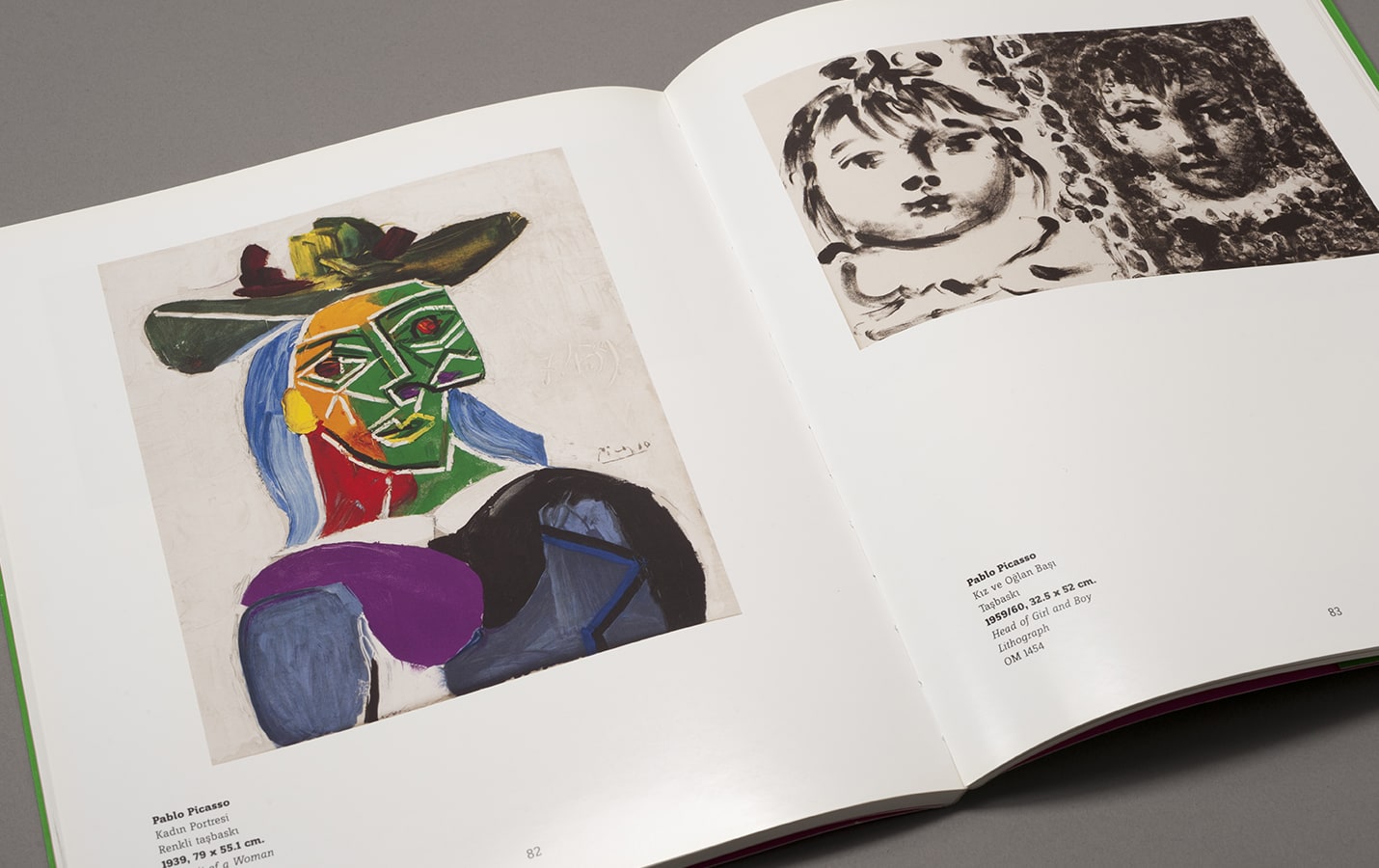August 2 - October 7, 2007
In this selection at the Pera Museum, art enthusiasts got to enjoy the drawings, watercolors and prints by key figures of the 20th century art scene such as Egon Schiele, Gustav Klimt, Pablo Picasso, Otto Dix, Wassily Kandinsky, Matisse, Georges Braque, Marc Chagall, Alberto Giacometti and Oskar Kokoschka.
Monsignor Otto Mauer was a Catholic priest. He was also a passionate, foresighted collector who, apart from his position as a clergyman, was enthusiastic about all domains of contemporary art and -regardless of their beliefs or origins- approached all “avant-garde” artists with the same openness.
As one of the most outstanding collections of Modern Austrian art, the names of the artists represented on the collection’s list is almost a “who is who” of post-1945 Austrian art. Through a collection encompassing a wide spectrum from “classical” modern to postmodern, Mauer tried to create a “reference collection,” analogous to an atlas of art history. By World War II, he had already begun collecting with great resolution, the lithographs of the leading representatives of Parisian modern art, as well as the original works of German and Austrian artists. Gallery St Stephan, which he founded in 1954, evolved into the leading avant-garde gallery of Vienna under his management in the 1950s and 60s; it also acquired a considerable and well-deserved fame on the international art scene.
Otto Mauer’s relationship with art was always defined by his personal and amicable connections with the artists. His collection, which he was able to expand uninterruptedly until 1973, by purchases and artists’ gifts, must be perceived not only as an indication of his progressive interest in art, but also as a very subjective interpretation of modern Austrian painting.
The Otto Mauer Collection includes nearly 3000 works, all of which are currently preserved at the Cathedral and Diocesan Museum, Vienna (Dommuseum).
Artists: Alexander Archipenko,Max Beckmann, Joseph Beuys, Margret Bilger, Leopold Birstinger, Peter Bischof, Herbert Boeckl, Geroges Braque, Marc Chagall, Otto Dix, Hans Fronis, Alberto Giacometti, Bruno Gironcoli, Roland Goeschl, Carl Hofer, Wolfgang Hollegha, Hans Hollein, Friedensreich Hundertwasser, Alexej von Jawlensky, Wassily Kandinsky, Paul Klee, Gustav Klimt, Kiki Kogelnik, Oskar Kokoschka, Alfred Kubin, Maria Lassnig, Max Liebermann, Henri Matisse, Josef Mikl, Oswald Oberhuber, Helga Philipp, Pablo Picasso, Walter Pichler, Markus Prachensky, Arnulf Rainer, Egon Schiele, Karl Schmidt-Rottluff, Franziska Wibmer
Exhibition Catalogue

Otto Mauer was a Catholic priest. He was also a passionate, foresighted collector who, apart from his position as a clergyman, was enthusiastic about all domains of contemporary art and regardless...
Tuesday - Saturday 10:00 - 19:00
Friday 10:00 - 22:00
Sunday 12:00 - 18:00
The museum is closed on Mondays.
On Wednesdays, the students can
visit the museum free of admission.
Full ticket: 300 TL
Discounted: 150 TL
Groups: 200 TL (minimum 10 people)